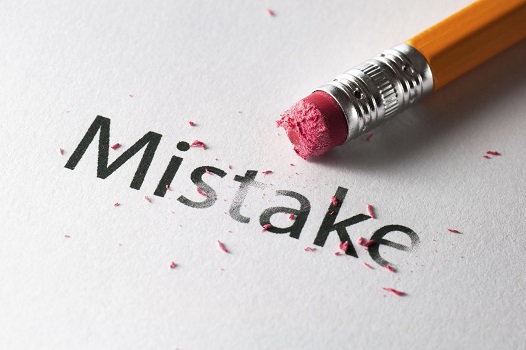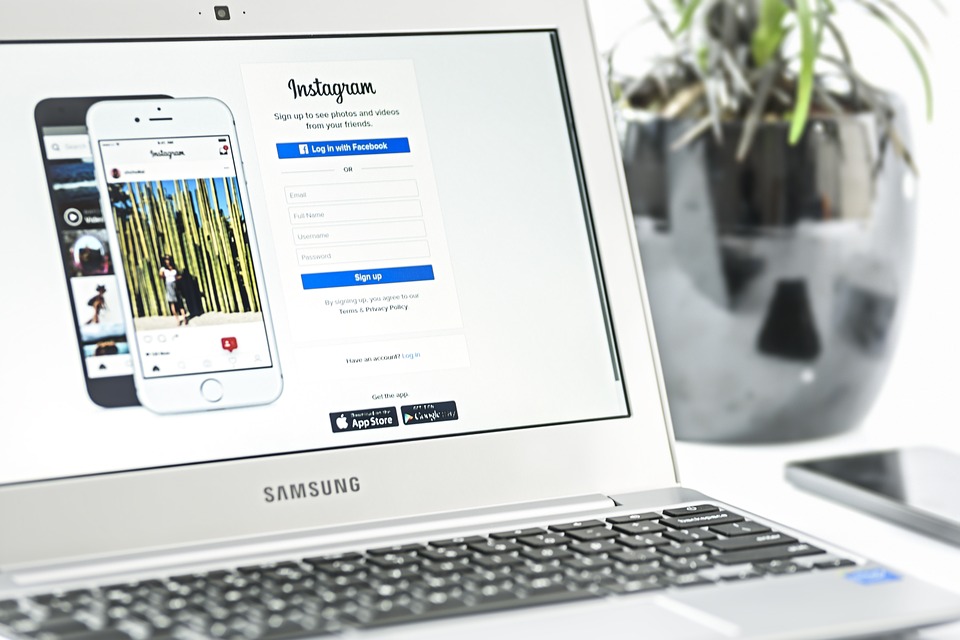Partnering with celebrities, influencers, and other individuals with impressive social media followings and influence is one proven strategy to help drive brand awareness and capture a larger portion of your respective market. While partnering with celebrities is one of the most sought-after publicity strategies for brands, many brand marketers, and publicity managers do not have a sound and reliable plan for pitching their idea to a celebrity.
Below, we take a quick look at the most important elements of pitching a partnership to a celebrity representative. We analyze three examples of how to improve the probability that your initial email communication gets answered by the celebrity you are trying to contact.
Pitch to the Representative, not to the Celebrity

Firstly, it is important to know that in almost all cases, the initial communication between a brand and a celebrity will go through the celebrity representative. Celebrities hire representatives (agents, managers, publicists) to help them manage and administer the different requests that come their way.
If you send out an email addressed directly to the celebrity you are trying to contact, this will most likely throw up a red flag to the representative who is reading through the email showing him or her that you didn’t do your homework.
Rather, show that your brand has a firm grasp on the fact that you are pitching a celebrity representative. Address the celebrity representative by his or her name. When pitching the celebrity representative, you are trying to convince them to convince their celebrity client that your proposed partnership is going to be advantageous. To do this, it is essential to comprehend and make clear in your initial email the incentive that the rep has when pitching their client. For example, if you can show the celebrity representative that the proposed partnership can be financially profitable for their client and fits with the image or brand that the celebrity puts forth, this obviously gives him or her an extra incentive to present the proposed partnership to the client.
Make Realistic Claims about what you Can Offer
Imagine that you are a representative or a manager for an important celebrity. Every time you sit down to check your email, your inbox is most likely inundated with dozens of proposals for publicity stunts, pitches for brand partnerships, and propositions for social media shout outs. As you make your way through those daily emails, what might be some factors that immediately turn you off to certain pitches?
If an email subject line says in bold letters: “THE OPPORTUNITY OF A LIFETIME,” most representatives will instantly be turned off. Remember, unless you’re a brand manager for a major, nationally-recognized brand, chances are that the celebrity representative will not know who you are, nor anything about your brand. With no background or prior relationship to build off of, you need to be prudent about how to make claims that don’t seem overly exceptional.
Even if your brand is showing incredible growth and conquering new markets, it is important to understand that you are the one contacting them, and not vice-versa. When claiming that your proposal for a celebrity endorsement or partnership will be a big winner for the celebrity, there needs to be some basis behind that claim, for example, showing past successes with other celebrities.
Instead of claiming that you have an “offer of a lifetime” that will drastically improve the image of a given celebrity, it is better to write a short and concise email that lays out the facts, figures, and your vision for the partnership with a celebrity. Furthermore, these facts and figures need to point towards the potential benefits for the celebrity.
Avoid overarching claims of the potential success of the branding partnership, and seek instead to highlight some of the potential areas of convergence between your brand and the celebrity´s interests. Highlight the potential market reach of your brand and the proposed partnership, and explain succinctly why you think that your brand is a good “fit” for the celebrity you have chosen to contact. By showing the celebrity representative that you have done your homework on the interests and concerns of their client, you will drastically increase the probability of landing follow-up communication.
Concentrate on the Possibilities for Mutual Benefit, Mutual Interest, and Mutual Cooperation
Lastly, and perhaps, most importantly, it is important to show from the outset that your brand is interested in constructing a reciprocal relationship of mutual benefit, mutual interest, and mutual cooperation. The best way to do this is to focus the majority of your initial communication on the potential advantages for the celebrity.
There is obviously a thin line between making outrageous and spectacular claims about the surefire benefits of a given publicity campaign, and clearly outlining the possible benefits that could arise from a long-term partnership between your brand and a given celebrity. To make sure that you are clearly communicating these potential benefits, your initial pitch to the celebrity representative should include information regarding:
Why the partnership makes sense: Here, you need to show that you have done your homework on the celebrity, their social or charitable causes, their interests, etc., and show the connections between those interests and the proposed brand partnership. In this part of the pitch, you can also include your estimated financial targets to show how the partnership could be financially advantageous for all parties involved.
How the partnership will work: Offer a general outline of how you imagine the development of the partnership can help a celebrity representative better determine if your proposal can fit into their client’s schedule and interests. Be sure to mention that your brand is open to flexibility and feedback, as any partnership needs to take into consideration the ideas and proposals of all parties involved. Also, because the initial email communication should be short and concise, you can include a web link to a more detailed analysis of the planning. If the representative is interested in your proposal, he or she can gather more information from that link and follow up with more detailed questions.
What resources will be required to develop the partnership and how much time investment is required: Your pitch also needs to clearly lay out some of the logistics of the partnership. Celebrities obviously have extremely busy schedules and their reps will need to know how much time might be required on their client’s end. In today´s COVID-dominated world, it is also important to state whether the partnership will require physical mobilizing, or whether the partnership can be developed virtually online.

What they stand to gain by moving forward: Lastly, and perhaps most importantly, your pitch needs to outline the economic offer that is on the table; namely, the money that is going to be paid to the celebrity. This needs to be clear so that the celebrity representative can decide whether the offer is on par with what his or her client usually charges. Again, your first email doesn’t need to include a detailed, six page Excel spreadsheet, but the financial incentive needs to be clear along with how it would be paid out.
Making sure you know who you are addressing in your initial pitch, avoiding outlandish and extravagant claims, and laying down the clear and concise elements of mutual benefit can all help your initial pitch grow into a successful branding partnership with a major celebrity, influencer, or public figure.





